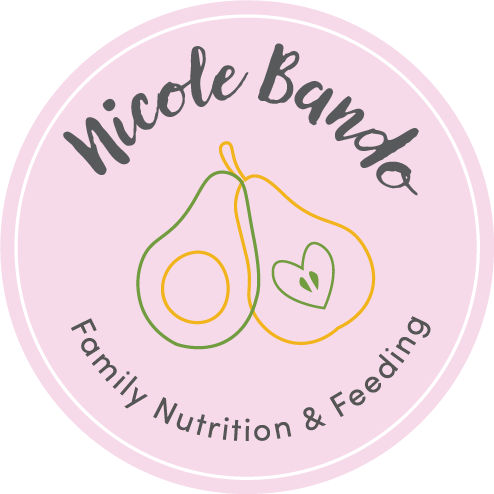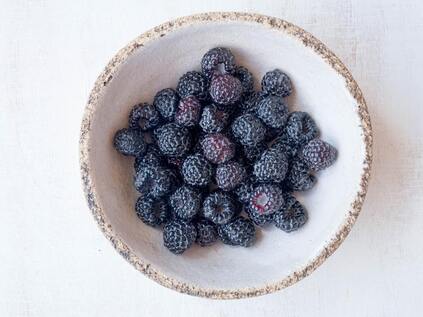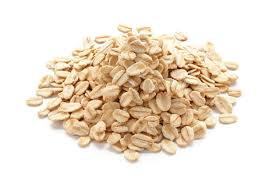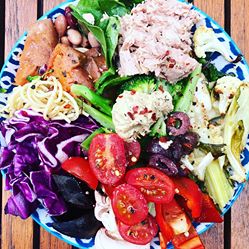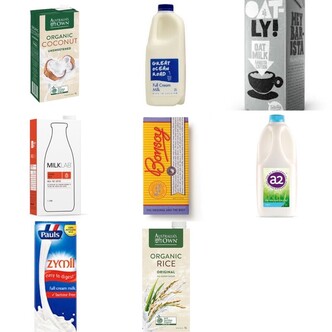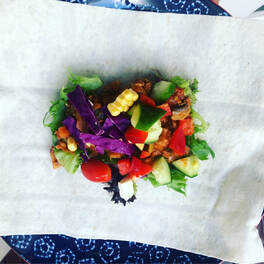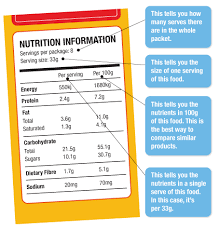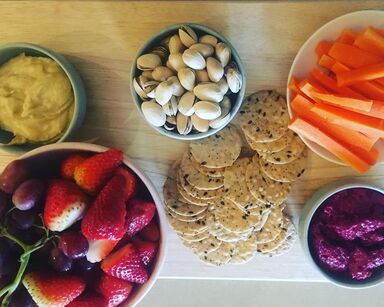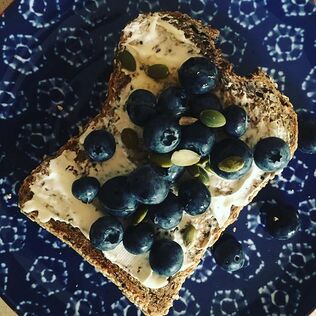Lunch Boxes in 2024: your child’s toolkit for play, learning and growth
The lunch box provides up to 40% of a child’s daily intake and fuels growth, development & learning. A well-packed lunch can maximise a child’s concentration and learning ability by sustaining energy levels, promoting gut health, stabilising mood, encouraging healthy growth, and building healthy habits to take into their adult years.
How to pack a balanced lunch box:
- Aim to cover the 5 food groups to ensure that your child is receiving all the nutrients they need.
- For example: fruit, chopped vegetables, small tub of yoghurt or full cream milk, wholegrain sandwich with cheese or meat and salad.
- Include a protein, such as egg, tofu, tuna, lean meat, baked beans, seeds, nuts (if permitted), dairy.
- Add a slow-release carbohydrates (wholegrain bread, crackers such as Corn Thins, Vita Wheats, brown rice crackers, dairy foods, fruit, popcorn, pasta spirals). This will help with satiety and ensure a child does not come home starving in the afternoon.
- Present the same foods in different ways: e.g. cucumber slices, sticks, whole baby cucumbers.
- Treat foods should only appear sometimes, once every week or two. Consider where your child may be receiving other treats, do they need them in their lunch box too? (This includes baked goods, muesli bars, fruit straps, pretzels, juice, chips, etc.)
- Involve the children in preparation. You may ask what they would like within reason e.g. strawberries or grapes, popcorn or cheese and crackers. Make a list of foods to try together.
- Continue to send new foods, even if they come home at first. If they are not offered, your child will never try them. When foods are presented frequently, they become a normal part of the daily diet.
- If lunch comes home uneaten, offer it as an after-school snack, before offering an alternative.
- If your child only likes Vegemite sandwiches, that’s totally fine. Try to switch to wholegrain bread, add fruit, veg & dairy or another protein to their lunch boxes for balance.
- Pack lunch in an insulated container with some ice-bricks.
- Try freezing yoghurt squeezy packs for a great snack that also keeps lunch cool.
Remember that even small changes are positive, so try simple swaps such as:
- Swap a processed snack such as a fruit strap for a piece of fruit.
- If vegetables are no longer sent, start by sending one or two pieces each day. Acceptance takes time and with persistence the food will be tasted & even eaten.
- Swap a less nutritious snack for something better e.g. chips for popcorn, or banana bread for a regular sized piece of raisin bread with cream cheese.
- This can be a tricky area to navigate for families, please come and see me for advice to help your kids achieve their best growth and learning potential through nutrition.
